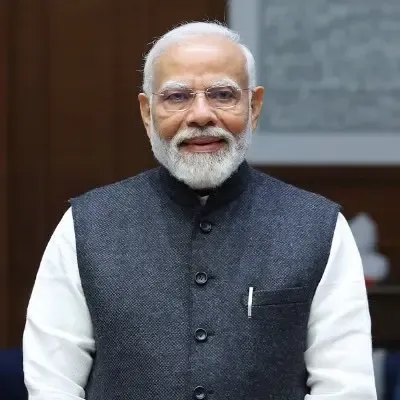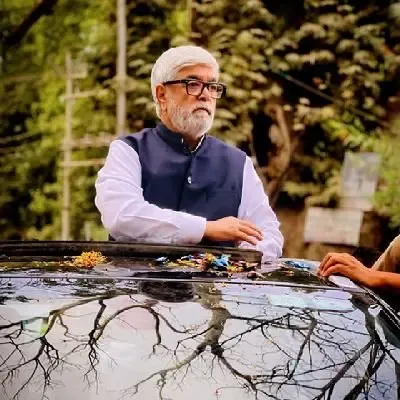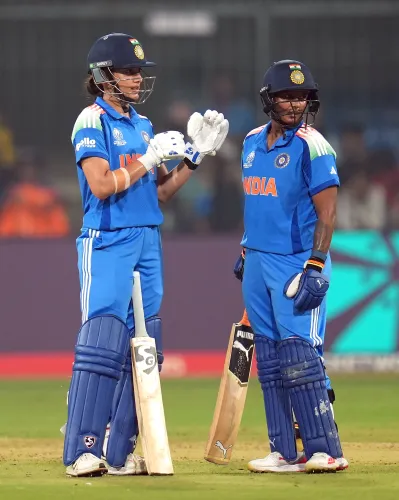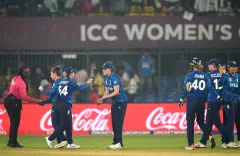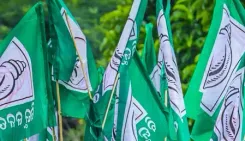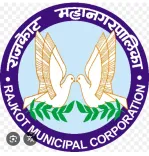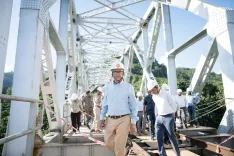What Caused the Violent Clashes in Bangladesh Leaving 10 Injured?
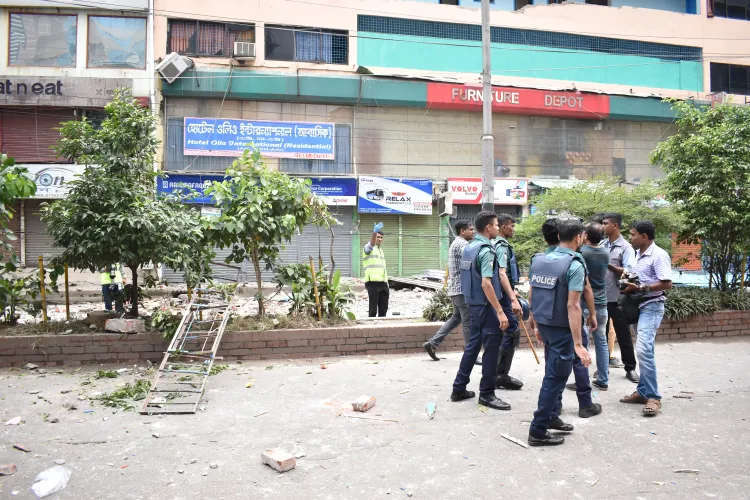
Synopsis
Key Takeaways
- At least 10 injured in clashes between police and protesters.
- Protesters identify as 'July Warriors' opposing the July Charter signing.
- Demands include official recognition and legal protection.
- Security forces deployed to manage escalating violence.
- Historical unrest since the democratic government was ousted last year.
Dhaka, Oct 17 (NationPress) A minimum of 10 individuals sustained injuries on Friday afternoon in Bangladesh following intense confrontations between law enforcement and a faction of demonstrators self-identifying as "July Warriors". This occurred at the Parliament grounds in Dhaka, mere hours before the scheduled July Charter Signing ceremony, as reported by local news outlets.
Inspector Faruk, overseeing the police outpost at Dhaka Medical College Hospital (DMCH), confirmed that the injured parties are presently receiving medical care at DMCH.
As per local resident Gazi, the protesters convened on Manik Mia Avenue in the capital to express their dissent against the July Charter signing when police intervened.
“The police abruptly began to strike us in an attempt to clear the area. We were beaten indiscriminately, resulting in several injuries,” Gazi told the prominent Bangladeshi newspaper 'The Daily Star'.
The demonstrators, including those affected during the July Uprising and relatives of the deceased, initially staged a sit-in at the Parliament premises on Manik Mia Avenue, declaring they would not disperse until their three primary demands were addressed.
Their demands included official state recognition, legal protection, and rehabilitation for their contributions to the July movement.
Reports indicate that as the protesters attempted to advance and advocate for their demands, military and police units obstructed their path at the gate, resulting in violence. The police retaliated with a baton charge and discharged three rounds of sound grenades to disperse the assembly.
In response, the protesters vandalized police vehicles, including a car and a bus, and set fire to the temporary reception room, control room, and furniture placed outside the Parliament building for the upcoming July Charter Signing Ceremony.
The protesters issued a stark warning to the interim government, stating, “If we must shed our blood once more, the second administration will not endure, either,” referencing how last year’s protests led to the ousting of the former Awami League government, allowing the Muhammad Yunus-led interim government to take charge.
To manage the situation, security forces, including the Army, police, Rapid Action Battalion, Border Guard Bangladesh, and Special Weapons and Tactics units, were deployed to the affected area.
Bangladesh has been facing a wave of protests and severe lawlessness since last year when the democratically elected Awami League government, under former Prime Minister Sheikh Hasina, was ousted amid widespread unrest.

